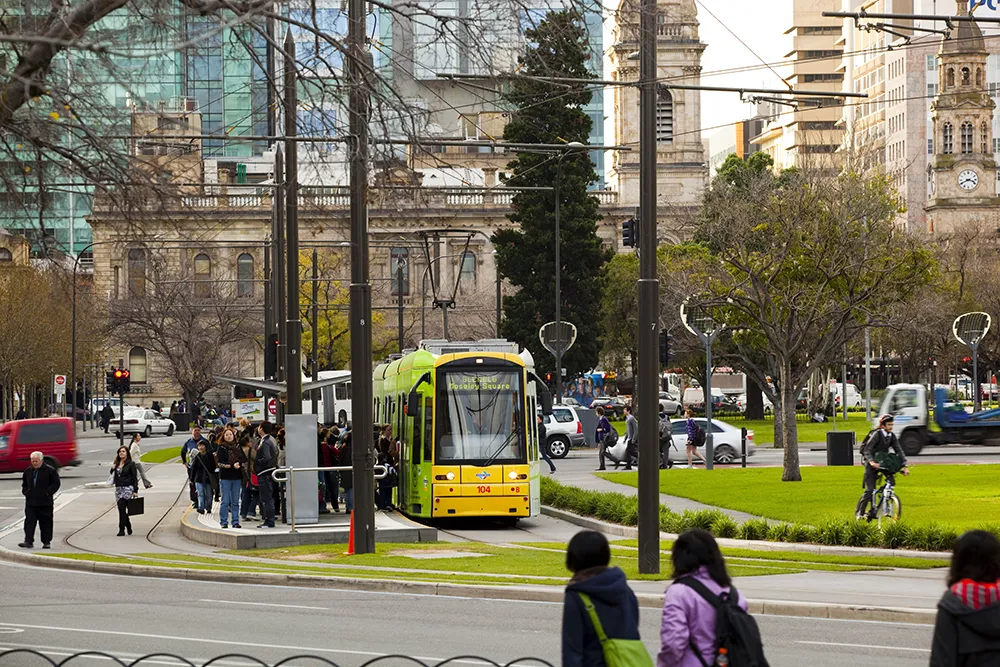
Swedish transport authority Västtrafik, which serves Gothenburg and the surrounding region, has chosen Ridango to provide validators and a contactless bank card system.
Västtrafik is the second-biggest public transport authority in Sweden, serving over 444,000 customers daily across several transport modes, including buses, trains, trams and boats. The project will include a replacement of 8,000 validators with Ridango’s next-generation validator and removing the existing closed loop equipment, explained Carl Järsberg, Ridango’s country manager for Sweden.
He said Västtrafik has a strong track record of development and innovation with an openness to new solutions.
The primary focus for Västtrafik is on replacing closed loop equipment, transitioning from card-based ticketing to an ID-based system and securing revenue.
With open loop payment, there’s no need for a physical ticket. The payment card or mobile device acts as the ticket. Charges can be applied during the trip, after the journey or at the end of the day based on actual travel. For operators, there is no more handling of cash or selling tickets manually, which speeds up boarding.
The self-service validator can be installed on various public transport vehicles. It reads and validates a range of contactless smart cards and mobile tickets, including NFC-enabled bank cards, EMV-compliant smart cards and QR code-based mobile tickets.
The device features a seven-inch-high resolution colour touch screen, providing clear and intuitive instructions to passengers.









